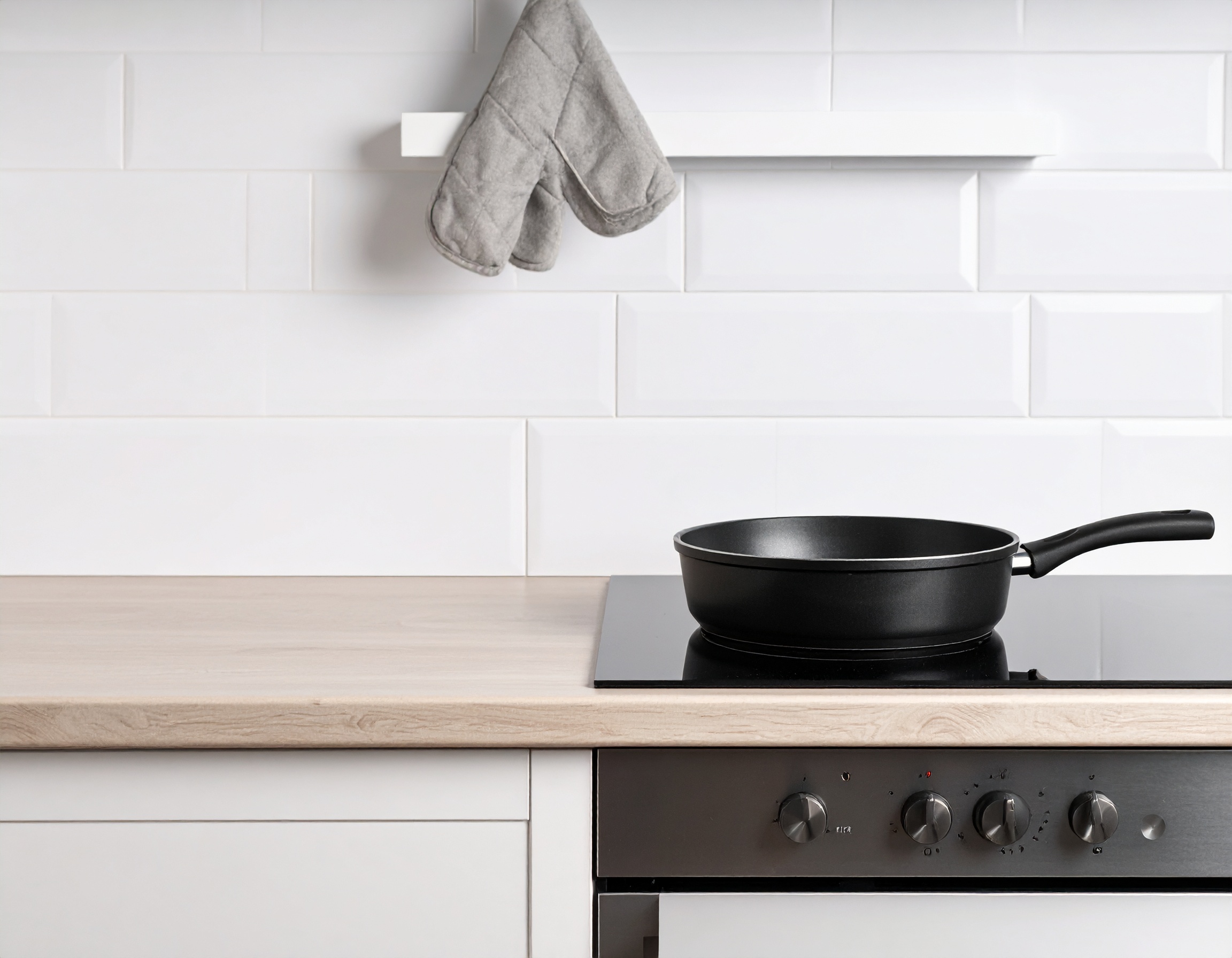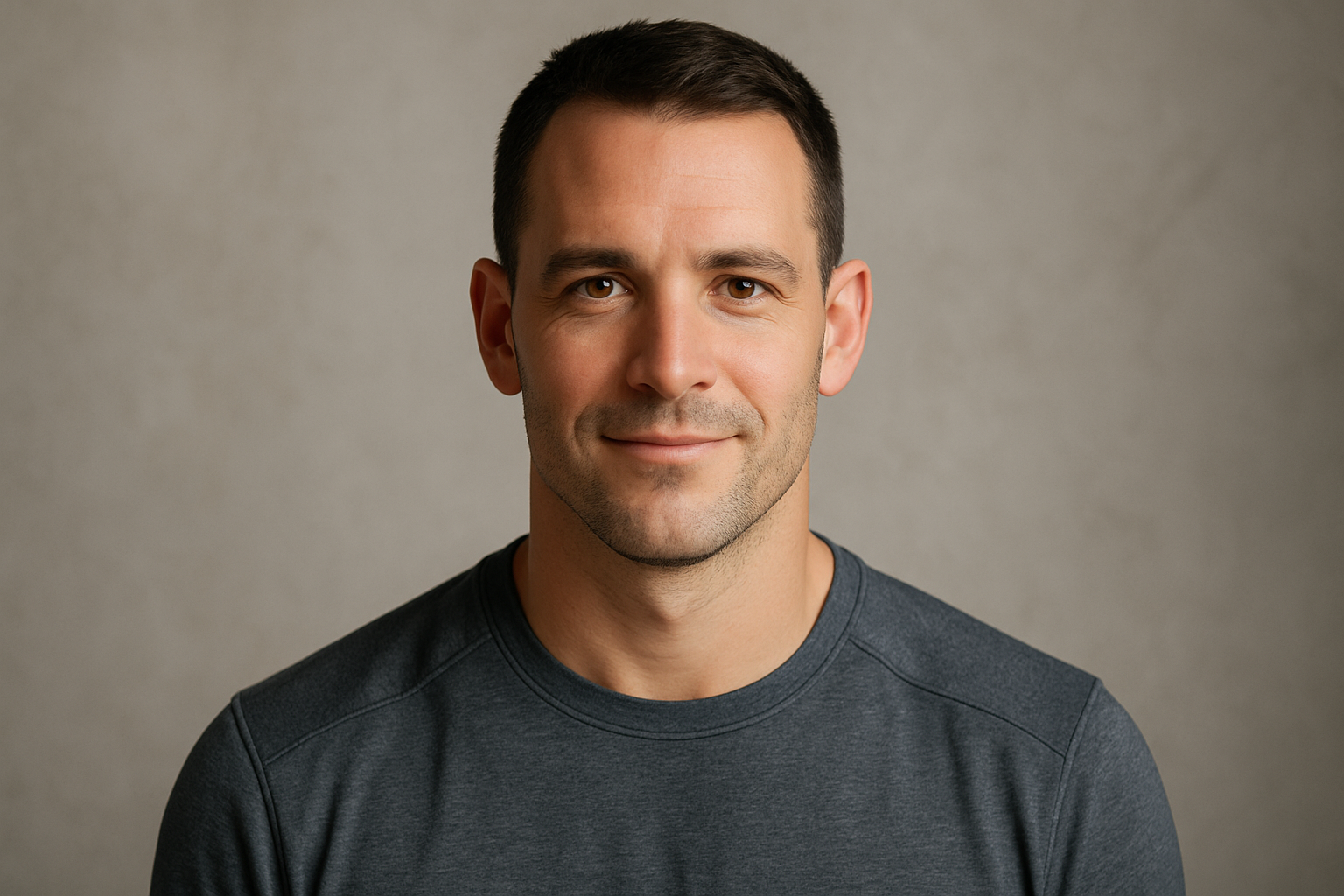The Two-Minute Threshold: Start Before Your Brain Argues
Starting is the hard part because the brain tries to protect energy by delaying. The fix is a threshold so small it is not worth arguing with—two minutes. Begin inside that window and let momentum do most of the work.
The rule
Define the smallest visible action that signals you have started: open the doc, put on shoes, fill the water bottle, place the pan on the stove. Do it now. If two minutes end and you still want to stop, you may stop. Most days you will not.
Why it works
Action changes your state faster than thought does. You give your nervous system proof that the task is safe and doable. The next step is easier because the first step already happened.

Make it automatic
Tie the threshold to a cue: after coffee, open the doc; after lunch, walk for two minutes; after a meeting, set a five-minute timer and clear the desk. Cues remove decision cost and make the habit show up on time.
Guardrails
Keep thresholds honest. They should be too small to fail, not ambitious in disguise. Do not measure results inside the two minutes; measure the start.

The payoff
The day contains more starts. Starts turn into sessions. Sessions compound. Momentum takes over where motivation used to be required.


















